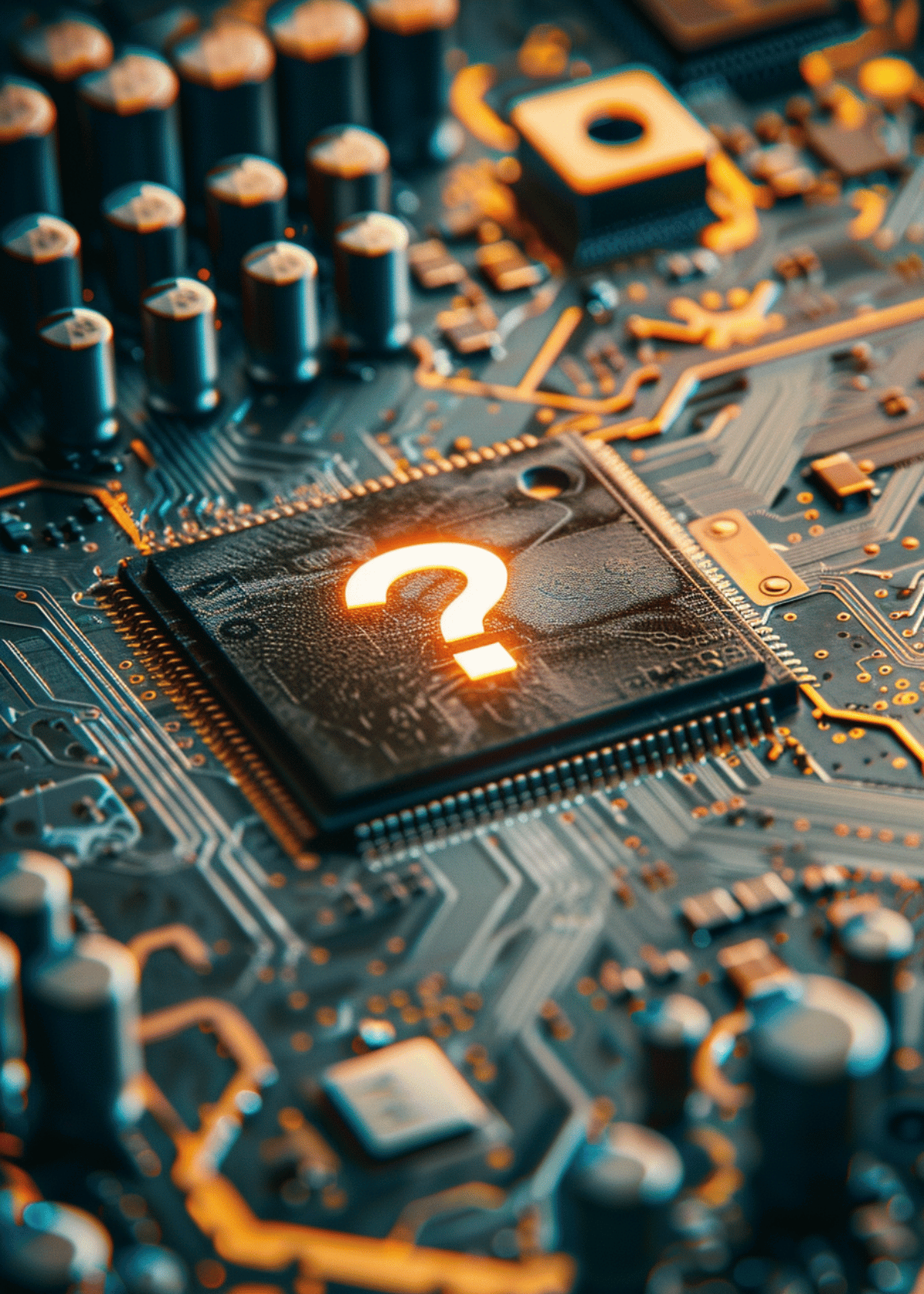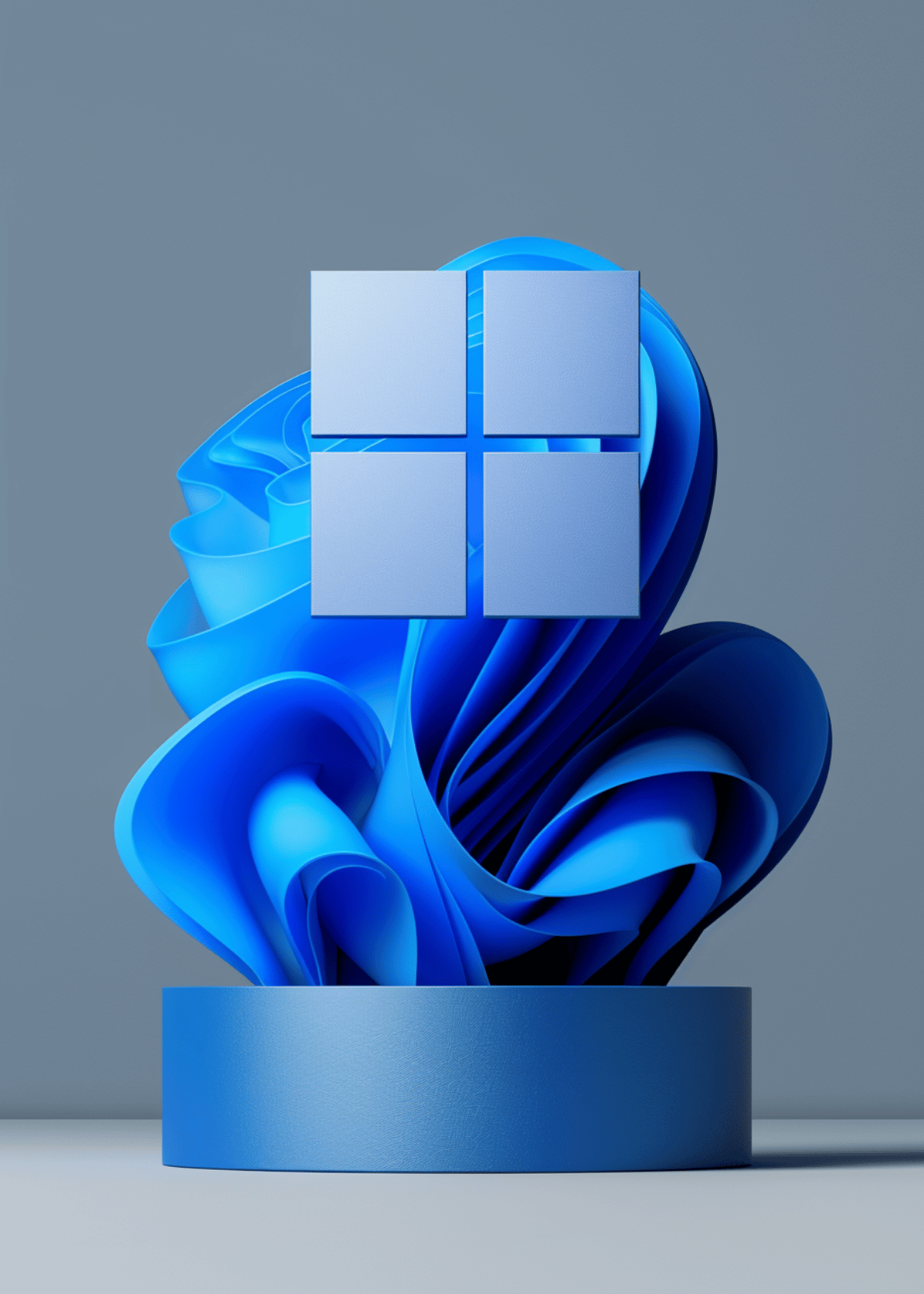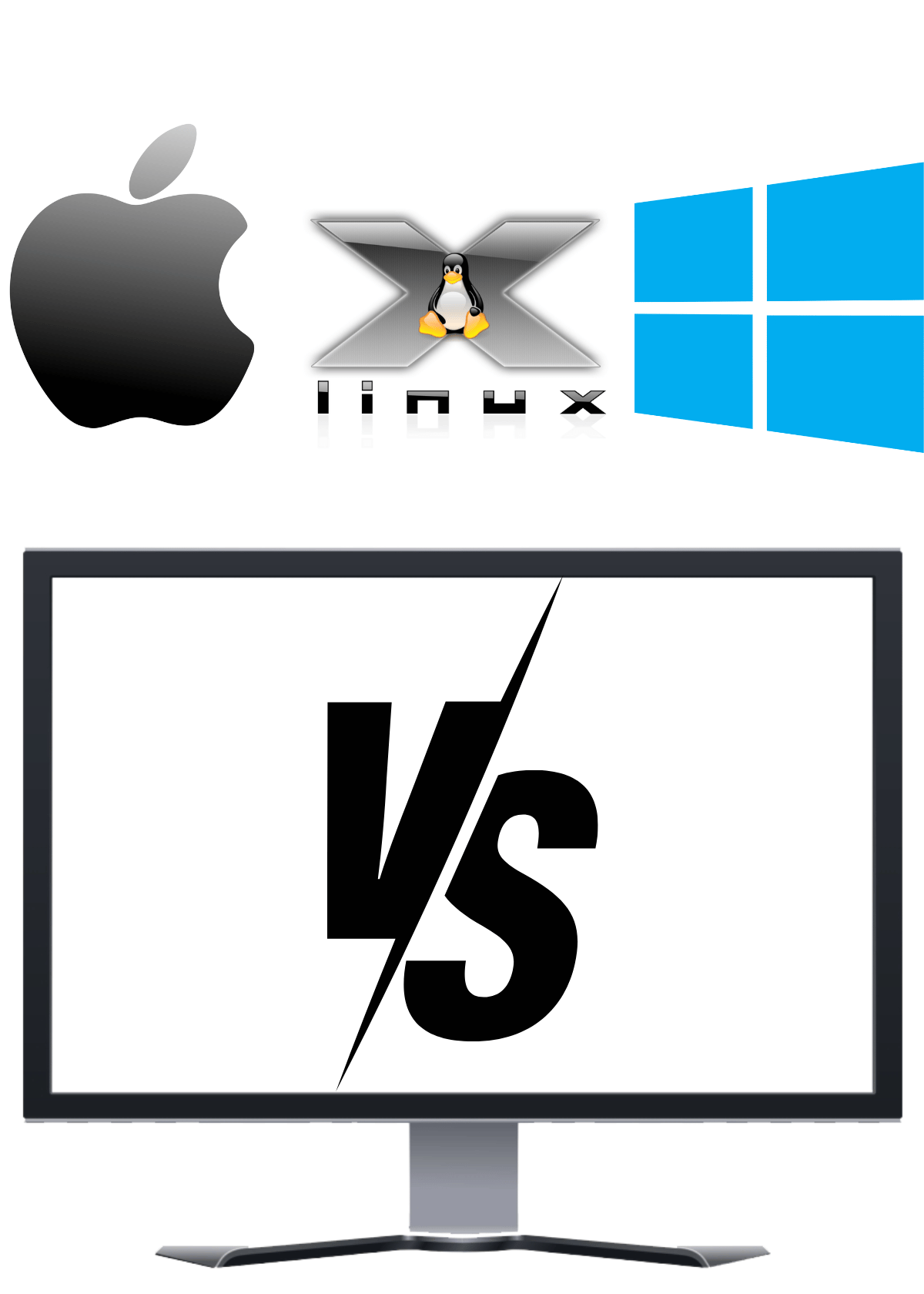What are the Different Types of iPhone Chargers? Apple Has Once Again Changed Their Chargers! 😡
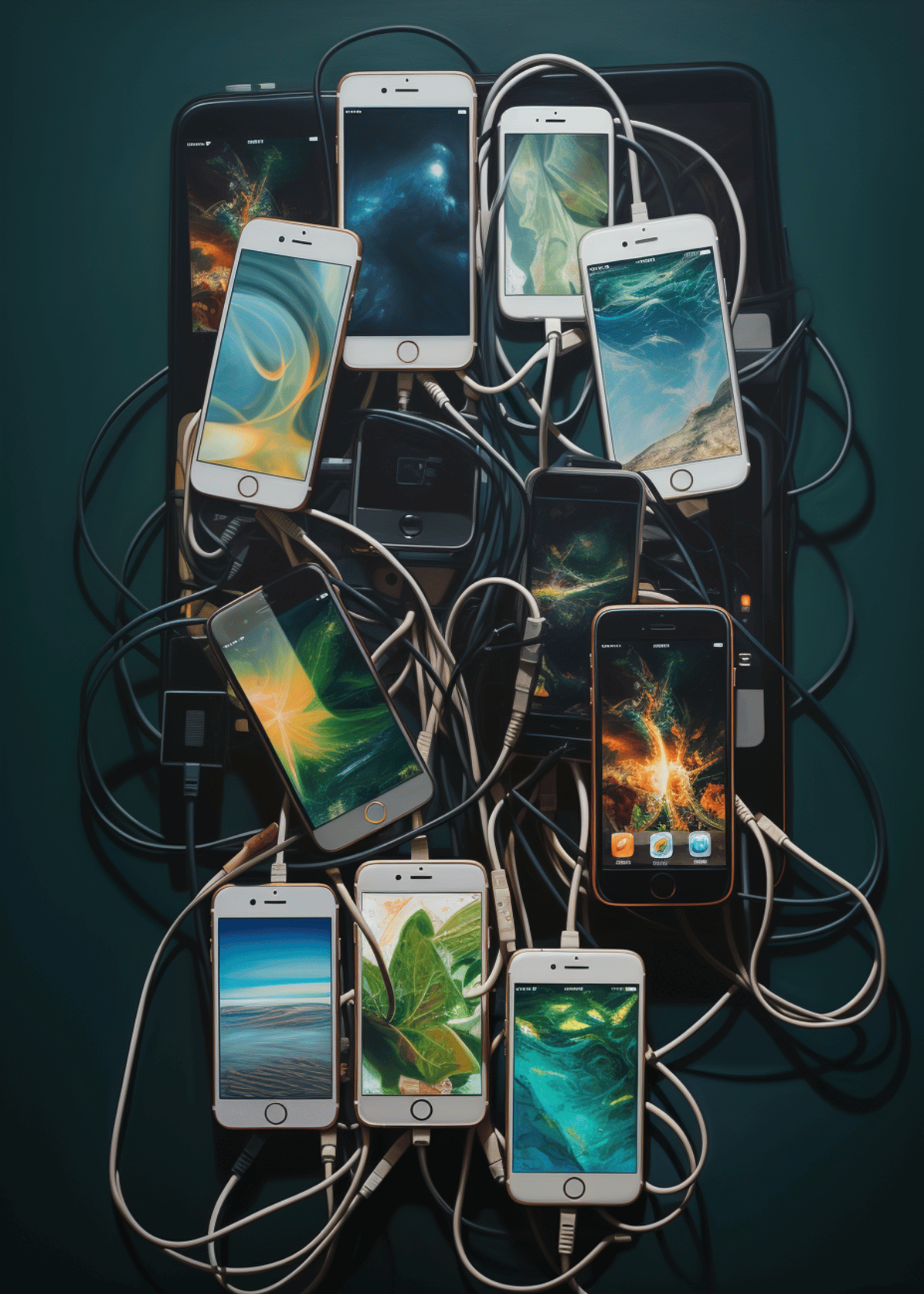
In the digital age, smartphones have become an essential part of our lives. Among the top smartphone brands, Apple's iPhones stand out for their performance, design, and user experience.
To keep our iPhones powered up and ready for use, having the right charger is crucial. But what are the different types of iPhone chargers available in the market? In this article, we will explore the various types of chargers compatible with iPhones.
➔ Standard iPhone Chargers
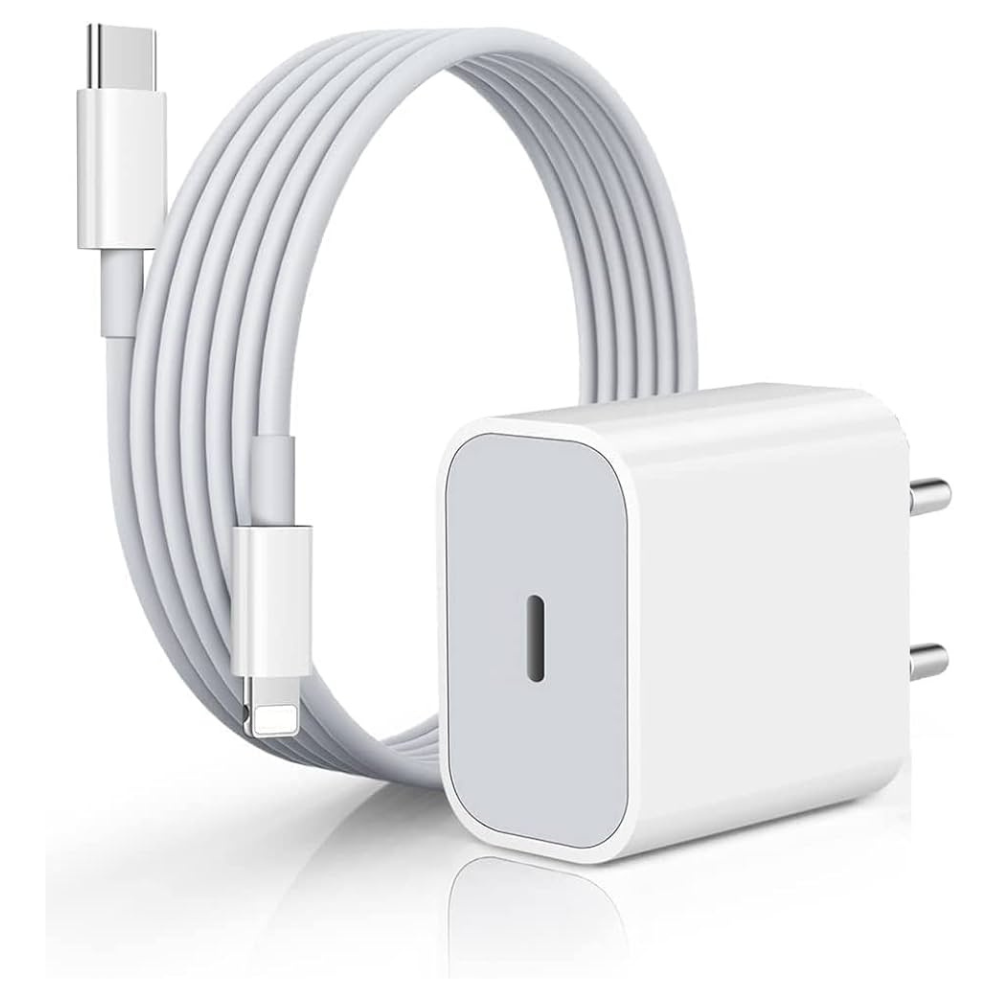
The standard iPhone charger, a ubiquitous companion with every iPhone purchase, plays a crucial role in powering these iconic devices. Typically included in the iPhone packaging, this charger consists of two main components – the USB-A connector and the power adapter.
The USB-A connector serves as the interface between the charger and the iPhone. Its familiarity and prevalence in the Apple ecosystem make it a standard choice for many users. This connector allows seamless connectivity, facilitating both charging and data transfer between the iPhone and other devices.
The power adapter, an essential part of the standard charger, is responsible for converting electrical power from an outlet into a form compatible with the iPhone. These adapters are engineered with Apple's signature attention to quality and safety standards.
One notable aspect is the compatibility of standard chargers with various iPhone models. Over the years, while iPhone designs and features have evolved, the fundamental charging technology has maintained a degree of consistency. As a result, users can rely on their standard chargers to power a range of iPhone models, ensuring convenience and ease of use across different devices within the Apple ecosystem. This continuity emphasizes Apple's commitment to providing a seamless and user-friendly experience for iPhone owners.
➔ Lightning Cable Chargers
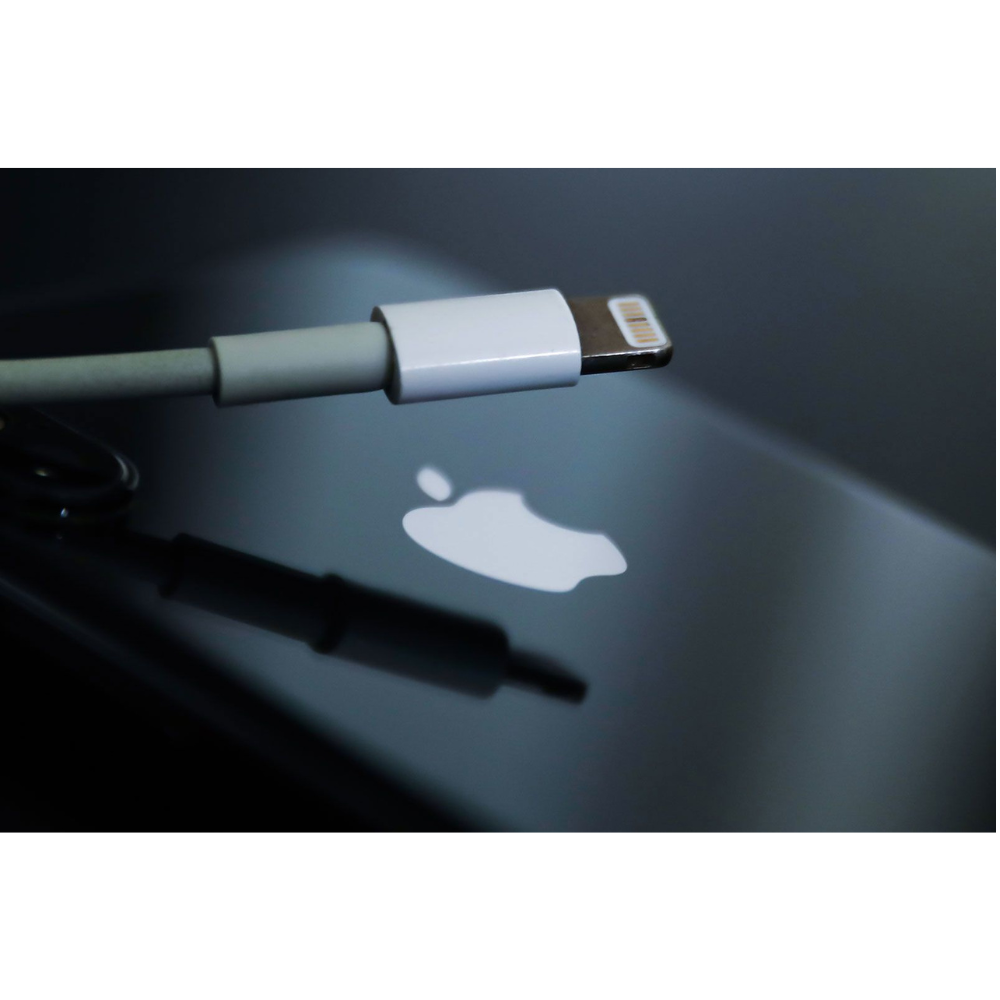
The introduction of the Lightning cable by Apple marked a significant departure from the traditional 30-pin dock connector, bringing about a more compact and versatile charging solution. Initially introduced with the iPhone 5 in 2012, the Lightning cable quickly became the standard for charging and data transfer in the Apple ecosystem.
One of the key benefits of Lightning cables is their improved efficiency in both charging and data transfer. With a more streamlined design, these cables allow for faster charging times compared to their predecessor. Additionally, the Lightning connector is reversible, eliminating the need for users to ensure a specific orientation when plugging in their devices. This user-friendly feature enhances the overall charging experience.
The Lightning cable's versatility extends beyond charging, as it facilitates high-speed data transfer between the iPhone and other compatible devices. Users can easily sync their iPhones with computers, transfer files, and perform various tasks seamlessly.
As Apple continued to innovate and release new iPhone models, the Lightning cable maintained its relevance and compatibility. Even with advancements in charging technology, such as the introduction of USB-C in some devices, the Lightning cable has remained a consistent feature in the charging arsenal of newer iPhone models. This adaptability underscores Apple's commitment to user convenience and ensures that users can continue to leverage their existing Lightning accessories with the latest iPhone releases.
➔ Wireless Chargers
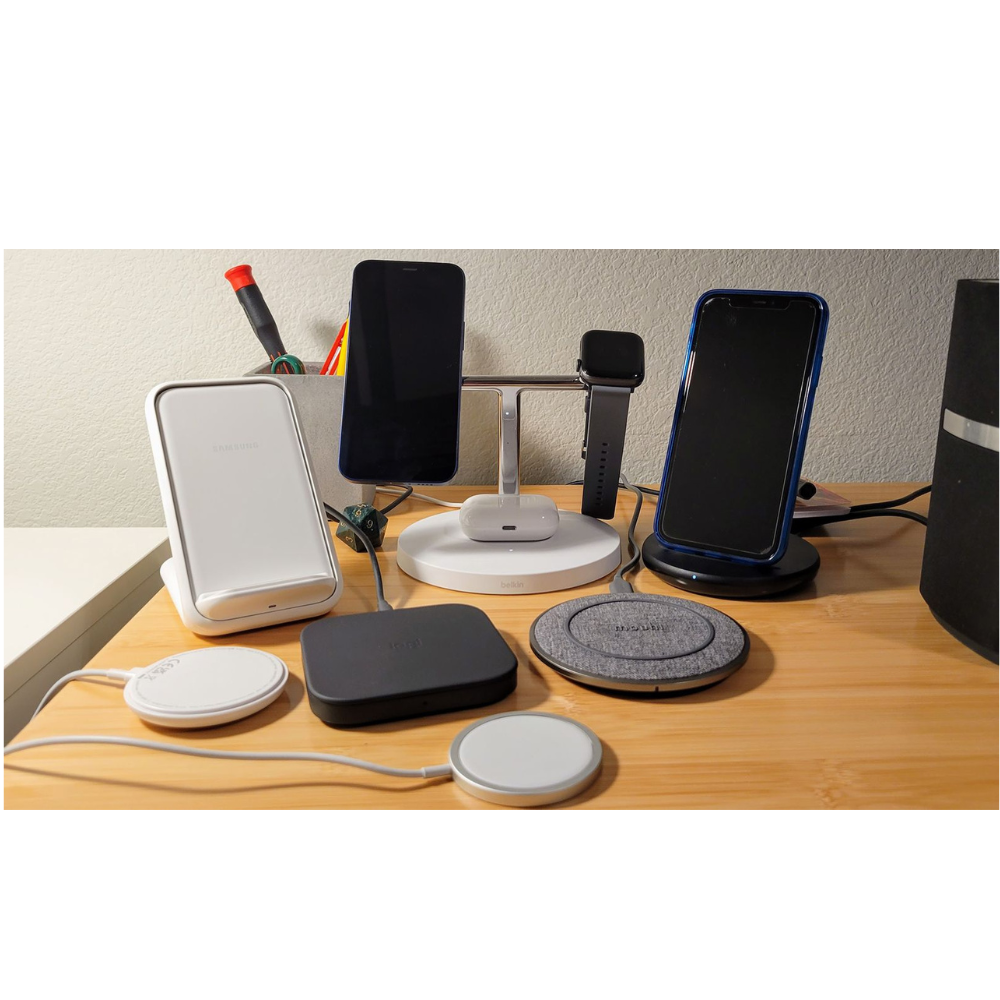
Wireless charging revolutionized the way users power up their iPhones by introducing a cable-free and convenient charging experience. The concept involves using electromagnetic fields to transfer power between the charging pad or dock and the iPhone. When an iPhone is placed on a compatible wireless charger, the electromagnetic field generated by the charger induces an electric current within the device, replenishing its battery. This innovative technology eliminates the need for traditional charging cables and ports.
The convenience and flexibility offered by wireless chargers are noteworthy advantages. Users can simply place their iPhones on a wireless charging pad, making it a hassle-free process compared to dealing with cables and connectors. The ability to charge wirelessly also contributes to a cleaner and more organized workspace or bedside table. Additionally, many modern furniture pieces and accessories come equipped with built-in wireless charging pads, seamlessly integrating this technology into daily life.
➔ Third-Party Chargers
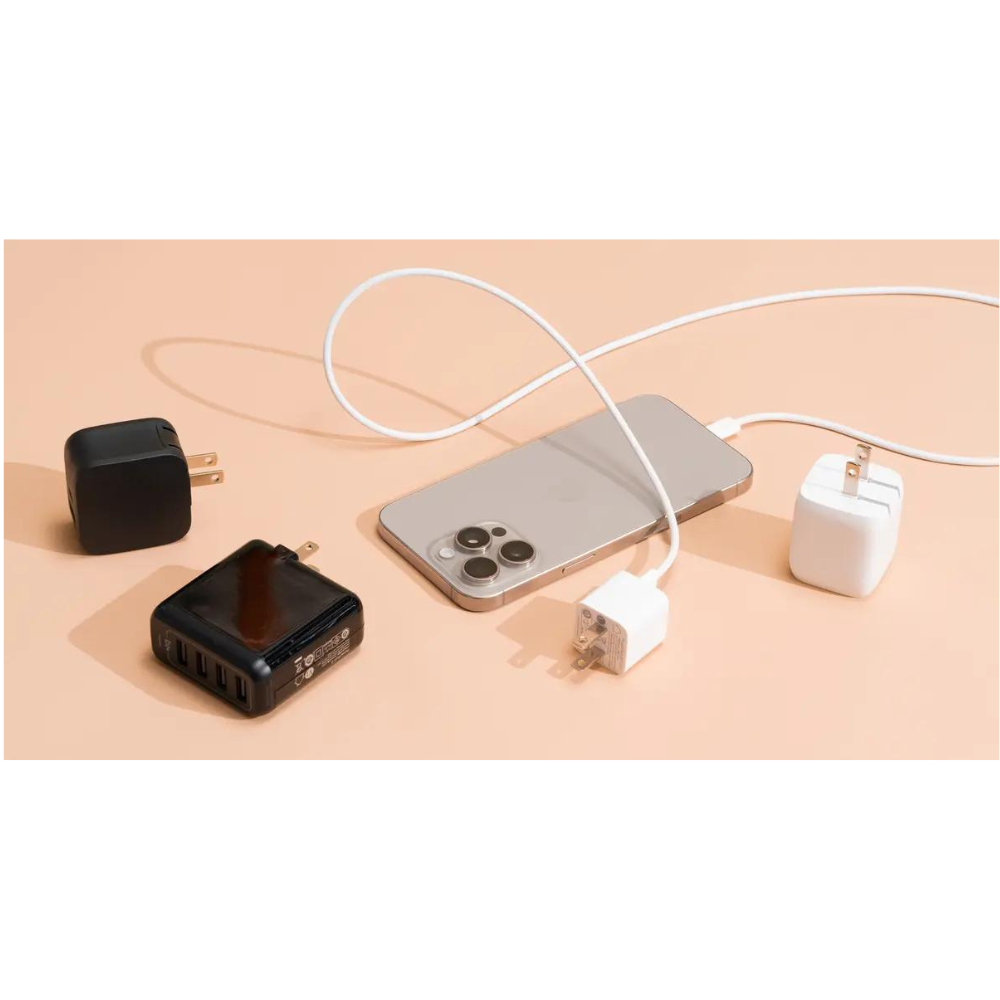
The market offers a wide array of third-party chargers as alternatives to the official Apple accessories. These chargers come from various manufacturers and are available in different forms, including wall adapters, car chargers, and portable power banks. While third-party chargers can be a cost-effective solution, it is crucial to choose reputable brands to ensure safety, reliability, and compatibility with iPhone models.
Opting for third-party chargers from well-known and trusted brands helps mitigate the risk of damage to the iPhone's battery or potential compatibility issues. It is essential to look for certification marks, such as MFi (Made for iPhone/iPad) certification, which indicates that the charger meets Apple's standards for quality and compatibility. Users can find third-party chargers with various features, such as fast charging capabilities, multiple USB ports, and compact designs for on-the-go use. Whether it's a car charger for road trips or a portable charger for extended outdoor activities, third-party options provide flexibility to meet diverse charging needs.
What Are the Connector Types Of iphone Charging Cables?

Apple has utilized various connector types for iPhone charging cables over the years. These connectors play a crucial role in establishing a connection between the iPhone and power sources, facilitating charging and data transfer. Here is an overview of the prominent connector types used in iPhone charging cables:
- 30-Pin Dock Connector:
- Introduction: The 30-pin dock connector was the first standard connector used by Apple in the early iPhones, starting with the original iPhone (iPhone 2G) in 2007.
- Features: It had a wide design with 30 pins, allowing for multiple functions, including charging, data transfer, and audio output.
- Phasing Out: Apple gradually phased out the 30-pin connector in favor of newer technologies.
- Lightning Connector:
- Introduction: The Lightning connector was introduced by Apple in 2012, starting with the iPhone 5, replacing the larger 30-pin dock connector.
- Features: The Lightning connector is more compact, reversible, and supports faster data transfer and charging speeds compared to its predecessor.
- Advantages: Its compact design allows for slimmer devices, and the reversible nature eliminates the need to orient the connector in a specific direction.
- USB-A to Lightning:
- Introduction: USB-A to Lightning cables became the standard for connecting iPhones to traditional USB ports on computers, chargers, and other devices.
- Features: One end features a USB-A connector, while the other end has the Lightning connector for connecting to iPhones.
- Compatibility: USB-A to Lightning cables are compatible with various iPhone models and are widely used.
- USB-C to Lightning:
- Introduction: Apple introduced USB-C to Lightning cables for faster charging and data transfer capabilities, starting with high-end iPhones and iPads.
- Features: One end features a USB-C connector, which can be plugged in either way, providing a reversible design. The other end has the Lightning connector.
- Advantages: Enables faster charging with compatible power adapters and supports modern USB-C technology.
- MagSafe Connector:
- Introduction: MagSafe was reintroduced by Apple in 2020 for the iPhone 12 series, offering a magnetic connection for wireless charging.
- Features: MagSafe connectors use magnets to align the charging coil on the back of the iPhone, ensuring optimal charging efficiency.
- Advantages: Enables easy attachment of MagSafe accessories and provides a secure magnetic connection for wireless charging.
These connector types represent the evolution of iPhone charging cables, reflecting advancements in technology and user convenience. Users should choose cables based on their specific iPhone model and the compatibility of charging ports on various devices.
Conclusion
Having the right charger for your iPhone is essential to ensure a reliable and efficient charging experience. From the standard charger to fast charging with USB-C and the convenience of wireless charging, the options are plentiful. Portable power banks and car chargers offer additional flexibility, enabling you to charge your iPhone wherever you are. By understanding the different types of iPhone chargers available, you can choose the one that best suits your needs and lifestyle, keeping your iPhone powered up and ready to go.

